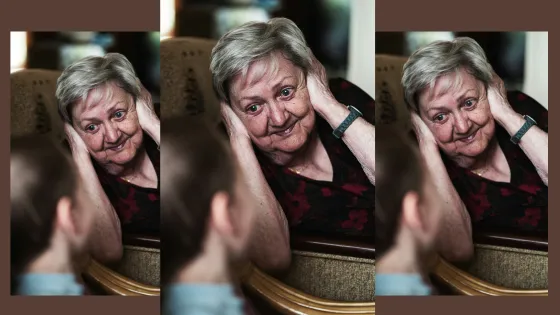

The Missing Link in Trauma-Informed Care
Let’s be honest: most long-term care facilities are trying to do the right thing. They want to protect their residents. They want to comply with regulations. They want to be “trauma-informed.” But all too often, that means creating care plans that spotlight the resident’s wounds—and overlook the healing power of the relationships they have with CNAs, nursing staff, activity staff and the people who help them with meals.
We forget that being trauma-informed is not a set of tasks. It’s a way of being. When it becomes a way of being, and you can see it in everyday actions, it’s trauma-responsive.
When we treat trauma as a fixed identity--something people “are-”-instead of the reaction to a terrible event, we risk making residents passive recipients of care instead of active partners in their own wellbeing.
We literally diminish their capacity by our complicity: we “other” them, we reduce the capacity they may have, and we limit how they can become. At the same time, we reduce the staff to role-fillers instead of recognizing them as co-regulators, participants in the emotional ecology of the space. These are transactions, not relationships. When we reinforce this, we miss the sacred exchange that is possible between people.
In this time, we know what once was only whispered: everyone is trauma-exposed. Not everyone is traumatized, but we have all lived through moments that exceeded our capacity to respond. Some of us have lived through many. This includes residents, yes—but it also includes the staff who serve them, the leaders who manage the facilities, the CNAs who show up exhausted and still bring gentleness to the morning routine.
If we ignore the emotional histories of staff, we are asking them to offer empathy they’ve never received. To hold space for grief they’ve never been allowed to name. To care, endlessly, without being cared for.
That's not trauma-informed care. That’s emotional labor without support.



Email our Admin:
©Copyright 2025 EPower & Associates, Inc. All Rights Reserved.
Privacy Policy | Terms of Use
Featured On...


